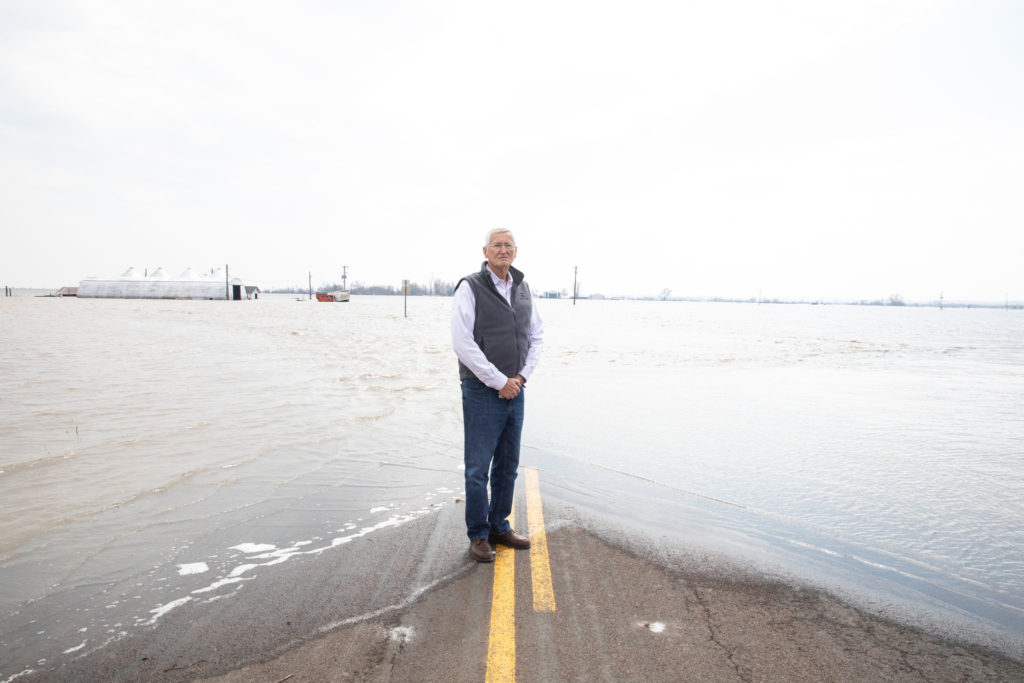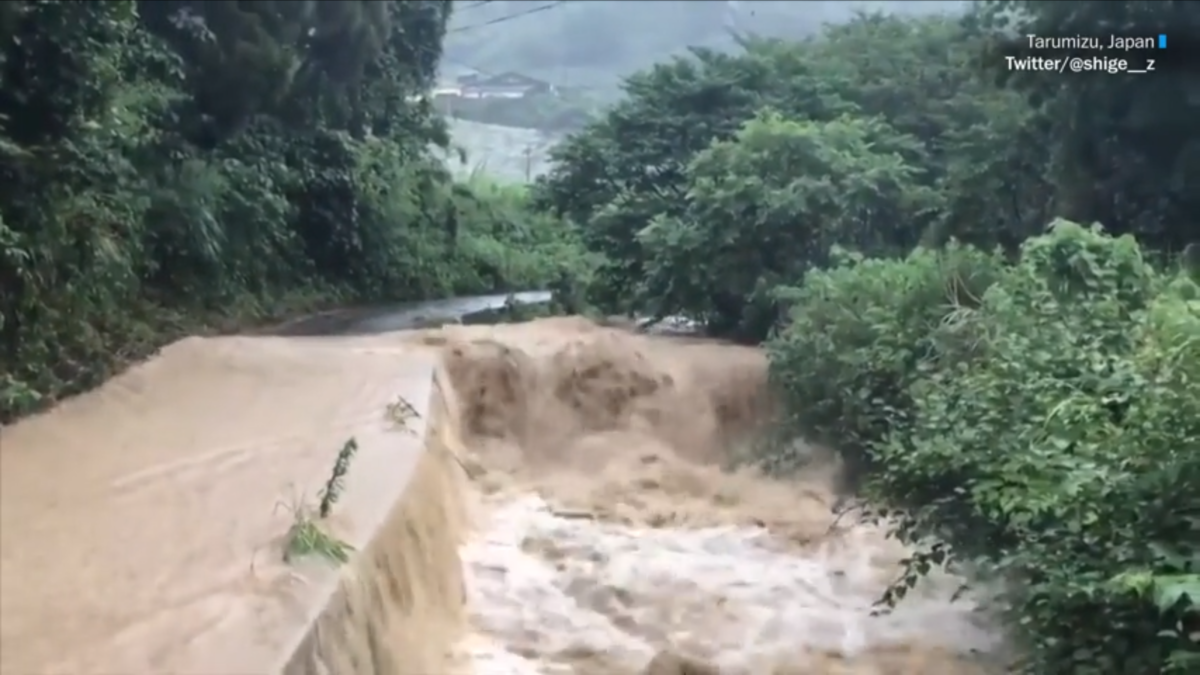More than 1 million acres of U.S. cropland ravaged by record floods and dozens of levee breaks – “There’s thousands of acres that won’t be able to be planted”

By P.J. Huffstutter and Humeyra Pamuk
29 March 2019
CHICAGO/COLUMBUS, Nebraska (Reuters) – At least 1 million acres (405,000 hectares) of U.S. farmland were flooded after the “bomb cyclone” storm left wide swaths of nine major grain producing states under water this month, satellite data analyzed by Gro Intelligence for Reuters showed.
Farms from the Dakotas to Missouri and beyond have been under water for a week or more, possibly impeding planting and damaging soil. The floods, which came just weeks before planting season starts in the Midwest, will likely reduce corn, wheat and soy production this year.
“There’s thousands of acres that won’t be able to be planted,” Ryan Sonderup, 36, of Fullerton, Nebraska, who has been farming for 18 years, said in a recent interview.
“If we had straight sunshine now until May and June, maybe it can be done, but I don’t see how that soil gets back with expected rainfall.”
Spring floods could yet impact an even bigger area of cropland. The U.S. government’s National Oceanic and Atmospheric Administration has warned of what could be an “unprecedented flood season” as it forecasts heavy spring rains. Rivers may swell further as a deep snow pack in northern growing areas melts.
The bomb cyclone of mid-March was the latest blow to farmers suffering from years of falling income and lower exports because of the U.S.-China trade war.
Fields are strewn with everything from silt and sand to tires and some may not even be farmed this year. The water has also destroyed billions of dollars of old crops that were in storage, as well as damaging roads and railways.
Justin Mensik, a fifth-generation farmer of corn and soybeans in Morse Bluff, Nebraska, said rebuilding roads was the first priority. Then farmers would need to bring in fertilizer trucks and then test soil before seeding, Mensik said.
The flood “left a lot of silt and sand and mud in our fields, now we’re not too sure if we’re going to be able to get a good crop this year with all the new mud and junk that’s just laying here,” Mensik told Reuters. […]
Nearly 1.1 million acres of cropland and more than 84,000 acres of pastureland in the U.S. Midwest had flood water on it for at least seven days between March 8 and March 21, according to a preliminary analysis of government and satellite data by New-York based Gro Intelligence at the request of Reuters. The extent of the flooding had previously not been made public. [more]
Exclusive: More than 1 million acres of U.S. cropland ravaged by floods

“Breaches everywhere: multiple, multiple breaches” – Midwest levees burst, and tough questions follow
By Mitch Smith and John Schwartz
31 March 2019
CORNING, Missouri (The New York Times) – For Michael Peters, who grows corn and soybeans near the Missouri River, it was a routine equal parts grim and familiar: Save what you can, evacuate your home and watch as floodwaters overpower levees and swallow your fields.
In the fertile river bottoms of northwest Missouri, where Mr. Peters has lived his whole life, the floods keep coming. And this year, as some residents were finally paying off debts from past repairs, the water ripped through at record levels, blasting new openings in the levees that are supposed to protect homes and farms.
“Breaches everywhere: multiple, multiple breaches,” said Tom Bullock, the top elected official in Holt County, Mo., where crews were rushing last week to patch a leaking levee that, if it failed completely, would flood the small town of Fortescue.
The flooding of the last month has exposed the vulnerabilities in a levee system that is now so full of holes many here ruefully describe it as “Swiss cheese.” With dozens of costly breaks across Nebraska, Iowa, Missouri and nearby states, the floods have left large areas of the Midwest without even cursory flood protection. And with the fear of more floods in the coming years — and perhaps even the coming weeks — many people said living and farming near the water might not be viable much longer without major changes.
“We can’t keep this up and make a living,” Mr. Peters said last week after trying to find a path to his submerged farm in a motorboat.
On the river-specked Midwestern prairie, the thousands of miles of levees are an insurance policy against nature’s whims that, at their best, keep cropland and towns dry, floodwaters at bay and the agriculture-driven economy churning. But the levees are aging, subject to uneven regulation and, in many cases, never designed to withstand the river levels seen in the last decade.
The recent flooding — which has devastated farms, roads and Native American reservations — has pushed to the foreground a debate that has raged quietly for generations. It boils down to this: How should the rivers be controlled, who should make those decisions and how much protection should be given to those most vulnerable? [more]
‘Breaches Everywhere’: Midwest Levees Burst, and Tough Questions Follow
